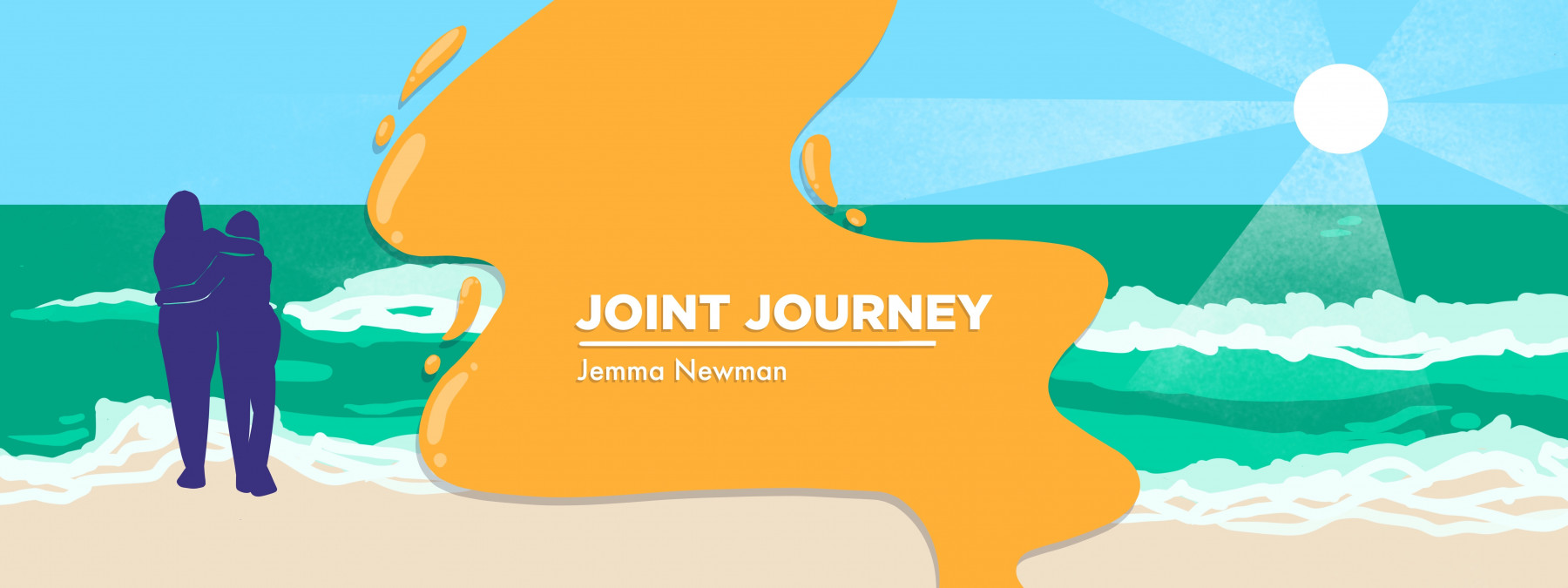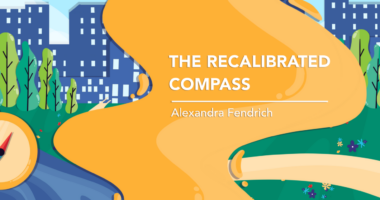Lessons I’ve learned 5 years after my ankylosing spondylitis diagnosis
Knowledge and perspective are two key allies in life with chronic illness

Last month, my son turned 5, which also means I’ve had ankylosing spondylitis (AS) symptoms for five years. As he enthusiastically blew out the candles on his candy-covered birthday cake, I had flashbacks to the time shortly after his birth when I started experiencing symptoms.
Those first few years of AS were really tough as I fumbled around trying to figure out what on earth was wrong with me and how to control it.
To celebrate my five-year AS anniversary (ha!), I thought it would be interesting to look back and see what I’ve learned in those years. Despite the doom and gloom of a chronic disease diagnosis, these years have given me a better understanding of my symptoms and helpful therapies, which in turn provides me with greater control over my life.
After five years, I feel like a springtime flower that’s been slowly pushing its way out of the cold winter soil, ready to flourish.
I’ve learned to test things for myself
Well-meaning advice peppers me from all angles, including from doctors and physical therapists, but I’ve learned the hard way that I can’t blindly follow instructions when it comes to AS. People mean well, and some may even be specialists, but that doesn’t mean everything they suggest will work for me.
Last week, my sister Angie, who also has AS, was wondering out loud if she should climb an enormous flight of steps for exercise. I nearly squeaked in horror at the idea, because steep stairs caused a terrible flare for me not long ago. I said, “If you’re going to do that, take it slow and make sure you’re paying attention to your body. I’d walk without listening to music so that you can listen to yourself instead.”
My comment to Angie made me realize that I’ve learned an important lesson: I’m the only one who can tell if something is working or worsening my condition. When it comes to trying exercise, diet, medication, or mental health therapy, I take it one step at a time while paying careful attention and recording my health journey to reflect upon later.
Relationships improve life with AS
I’ve always found it hard to accept help and took pride in being an independent person. When I was a teenager, my dad taught me to change a tire before I was allowed to have my first car. On the day I got a real puncture, I’d already jacked up my car and put on the spare tire before the roadside assistance truck arrived. I can still remember the look of surprise on the man’s face, seeing me grinning proudly as I packed my socket wrench away.
But being fiercely independent doesn’t mean I don’t need solid, caring relationships to thrive. When you have a chronic disease, relationships become even more important.
I’ve learned that hardship can forge incredibly strong connections. On a regular basis, having AS makes me feel upset, unworthy, or depressed. In those moments, having people I can rely on — even at my worst — is a true gift.
I’m lucky enough to have a handful of fiercely loyal but wonderfully imperfect friends. I know that I could call any of them and cry my eyes out or laugh at something silly without feeling a second of self-doubt. Because of AS, I don’t socialize as much as I used to, but I’ve learned that a true friendship can overcome both time and distance.
My husband, Dave, is my compass in life. When I’m wavering off course, he’s always there to gently guide me in the right direction. Through all the frustration and confusion of this disease, he keeps me on track and true to myself, without pressure. We’re a team that is totally committed to each other’s health and happiness.
It won’t be hard forever
In the first years of AS, I worried that I’d be in pain for the rest of my life. I didn’t have the perspective to understand that symptoms ebb and flow and that devastating flares can ease with the right treatments and time.
Without knowledge, I felt stuck and scared.
After five years, I’ve had the chance to test different therapies and find ones that have dramatically eased my symptoms. Following a no-starch diet has brought my baseline pain to almost zero at times, allowing me to sleep blissfully and get the exercise I crave. Other helpful measures include NSAIDs to get me out of a flare, hot and cold packs for instant relief, and swimming to reduce stiffness.
I’m sure my symptoms and disease will change over the coming decades, but I no longer dread this disease. My five-year journey has left me feeling empowered to perform my own research, advocate for myself, and create positive change for myself and others.
Note: Ankylosing Spondylitis News is strictly a news and information website about the disease. It does not provide medical advice, diagnosis, or treatment. This content is not intended to be a substitute for professional medical advice, diagnosis, or treatment. Always seek the advice of your physician or other qualified health provider with any questions you may have regarding a medical condition. Never disregard professional medical advice or delay in seeking it because of something you have read on this website. The opinions expressed in this column are not those of Ankylosing Spondylitis News or its parent company, Bionews, and are intended to spark discussion about issues pertaining to ankylosing spondylitis.








Leave a comment
Fill in the required fields to post. Your email address will not be published.